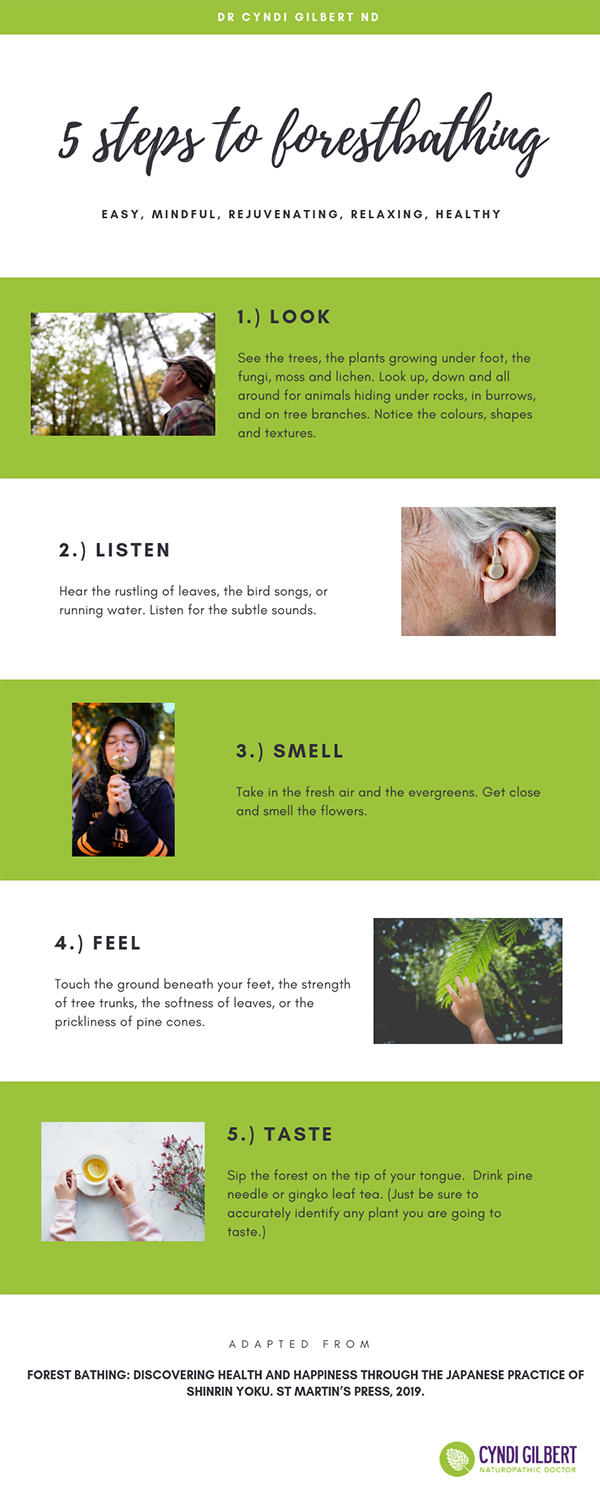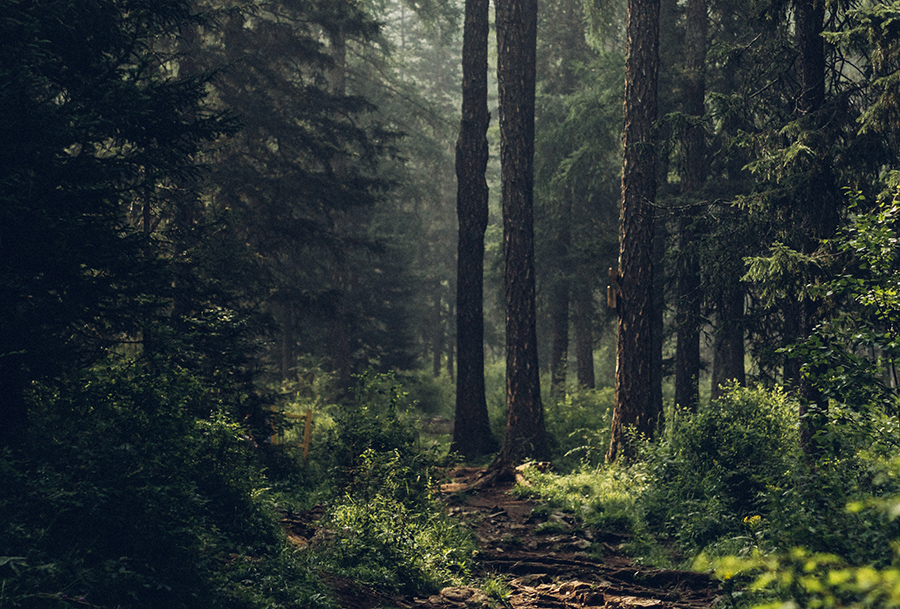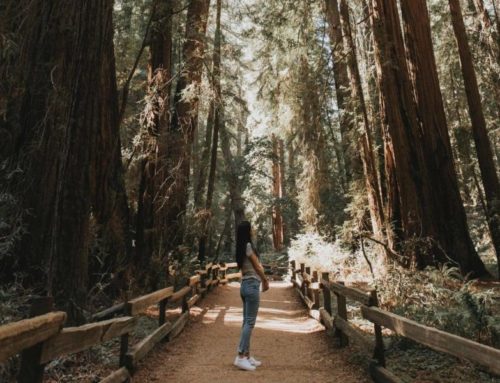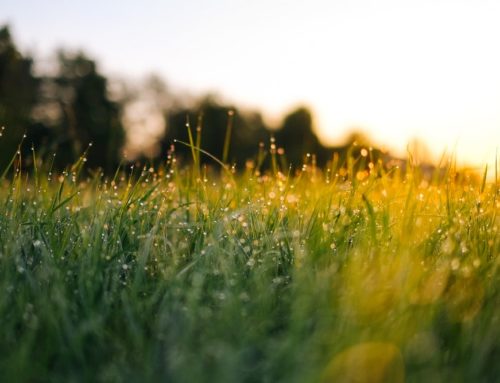Forest bathing isn’t the kind of bath where you strip down and hop in a tub. You don’t have to be naked to do it. At least, not unless you want to. Forest bathing is about basking in nature, in greenery—and you can wear whatever you want. If you have ever sat under a tree or walked through the woods, you probably already know why you should try forest bathing.
Each of us is intrinsically connected to the world around us, to nature. We are inspired by it, in awe of its vastness and wildness. Standing on a mountain ridge or looking out across the ocean underneath palm trees and mangroves, we are immediately struck by the way nature invites us to contemplate life, infinity, the universe, everything.
This innate connection, or biophilia, often leads us to feel at home and relaxed in nature. Some people feel more grounded and steady, mirroring the roots of the trees. Other people sense clarity as they breathe deeper and more easily. Still others may feel protected and at ease from the smells of the trees, echoing the role these scents play in the lives of trees.
Why go outside
Throughout human history, we’ve taken the benefits of being outside for granted. We spent most of our time outside, so there was no reason to think about why and how being in nature might actually be good for us. Or necessary. Now that we’re inside more often than out, we’re starting to realize that we need to be outside because we belong there.
Spending too much time in the gray spaces of concrete buildings and sidewalks can have deleterious effects on our health. It can make us sadder, less active, more nearsighted, less focused, more stressed, and less capable of fighting off infections.
On the other hand, spending more time in the green and blue spaces of the natural world can help to normalize blood pressure and blood sugar,build resilience to stress, increase vitamin D stores, encourage healthy aging, ameliorate mood, and enhance cognitive functions.
It is these health-promoting and disease-preventing effects that have propelled forest bathing into popularity as a relaxation and stress management activity.
Imagine a therapy that is completely free, readily available, and virtually without side effects that can radically transform your health by improving your mental health, brain health, heart health, stress resiliency, immune system, and more.
It exists, and it’s called “nature exposure,” or forest bathing. Interacting with nature is one of the most effective and easiest health hacks you can incorporate into your life. And it’s easy as 1-2-3-4-5.

Five steps to forest bathing

1. See the trees, the plants growing under foot, the fungi, moss and lichen. Look up, down and all around for animals hiding under rocks, in burrows, and on tree branches. Notice the colours, shapes and textures.
2. Hear the rustling of leaves, the bird songs, or running water. Listen for the subtle sounds.
3. Feel the ground beneath your feet, the strength of tree trunks, the softness of leaves, or the prickliness of pine cones.
4. Smell the fresh air and the evergreens. Get close and smell the flowers.
5. Taste the forest on the tip of your tongue. Drink pine needle or gingko leaf tea. (Just be sure to accurately identify any plant you are going to taste.)
Want to learn more about the art and science of forest bathing? Read more here.






